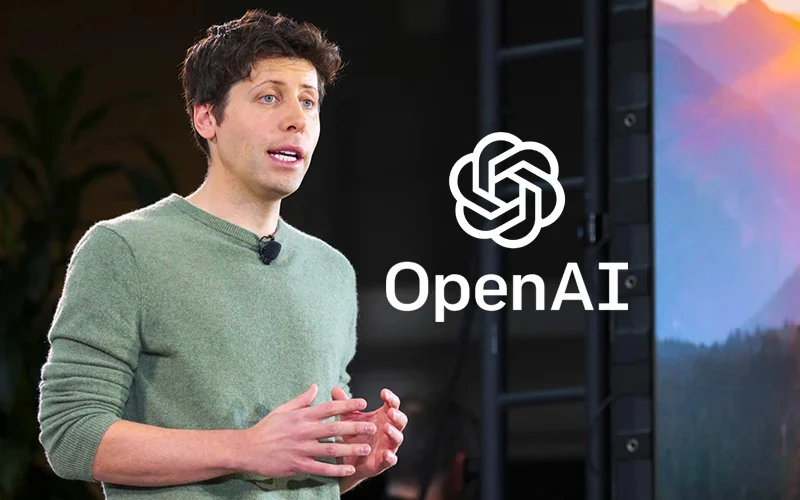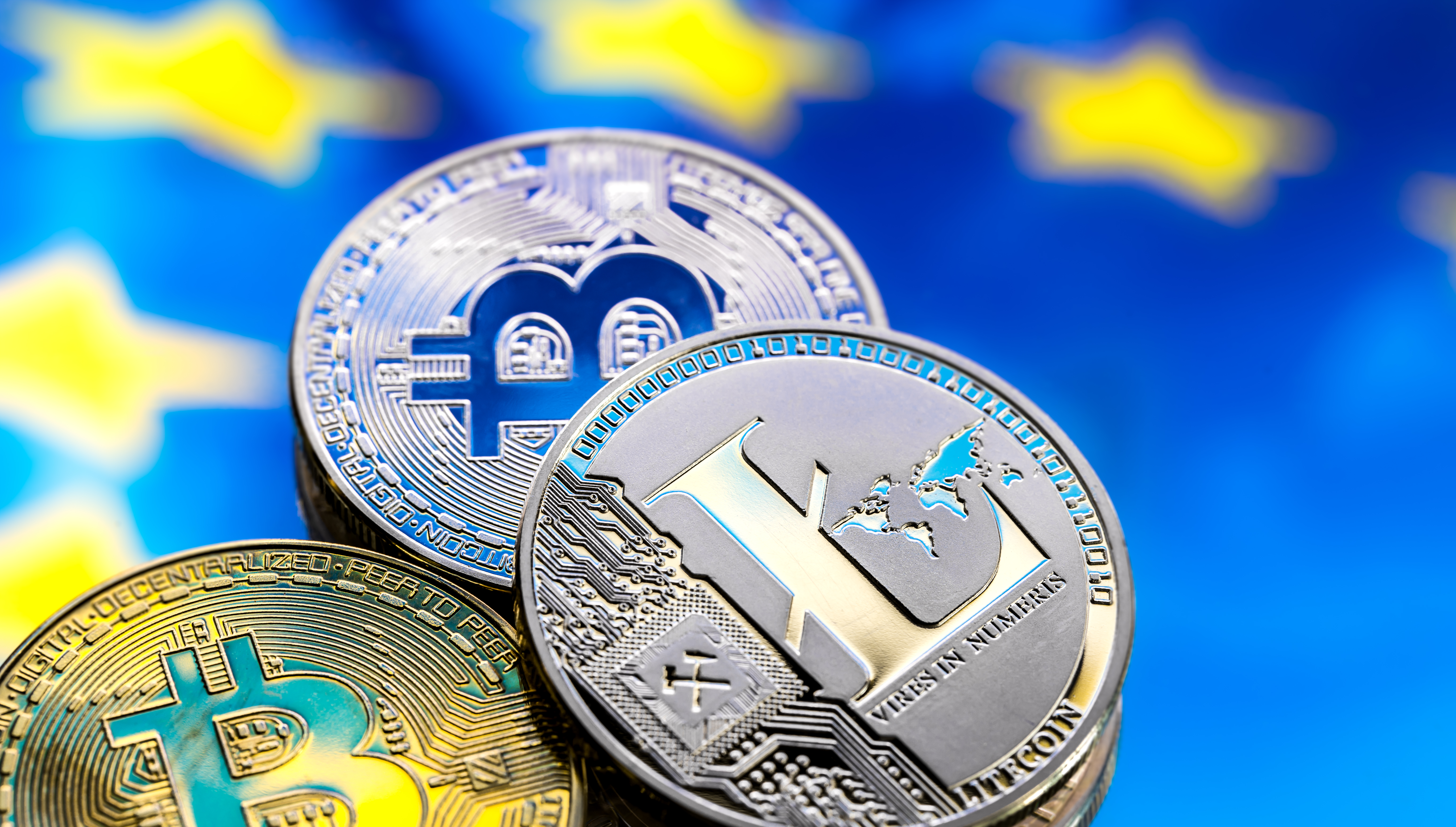The International Organization for Standardization has released a major update to ISO 27701, the global standard for managing privacy compliance programmes. The revised version, published in 2025, separates the Privacy Information Management System (PIMS) from ISO 27001.
The updated standard introduces detailed clauses defining how organisations should establish, implement and continually improve their PIMS. It places strong emphasis on leadership accountability, risk assessment, performance evaluation and continual improvement.
Annex A of the standard sets out new control tables for both data controllers and processors. The update also refines terminology and aligns more closely with the principles of the EU GDPR and UK GDPR, making it suitable for multinational organisations seeking a unified privacy management approach.
Experts say the revised ISO 27701 offers a flexible structure but should not be seen as a substitute for legal compliance. Instead, it provides a foundation for building stronger, auditable privacy frameworks that align global business operations with evolving regulatory standards.
Would you like to learn more about AI, tech and digital diplomacy? If so, ask our Diplo chatbot!










